Tule Lake National Wildlife Refuge
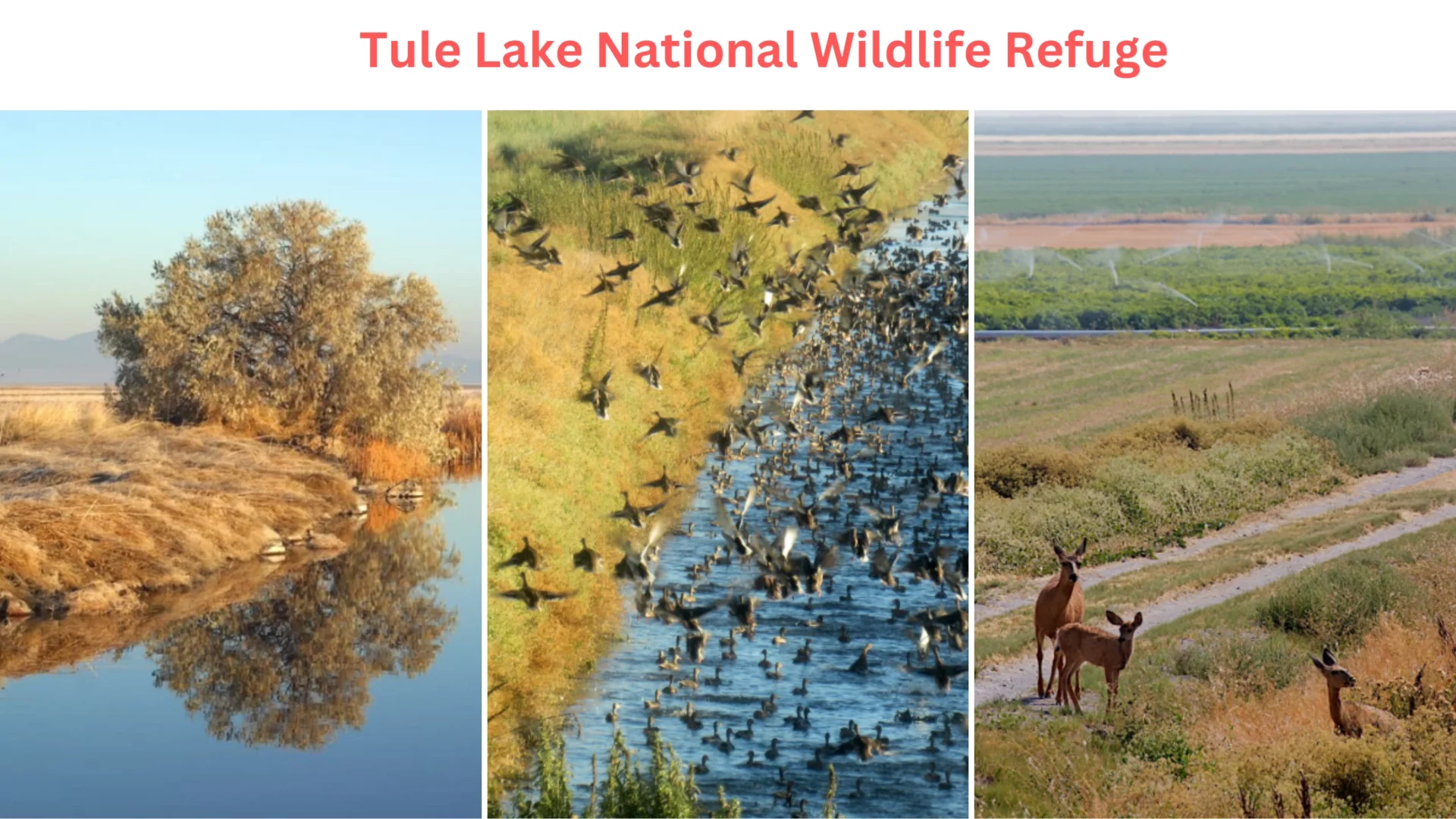
Tule Lake National Wildlife Refuge is located in the highly productive agricultural region of Tule Lake Basin in northeastern California. It was designated by the President at the time, Calvin Coolidge, in 1928 “as a preserve and breeding ground for wild birds and animals,” but a project run by the Bureau of Reclamation called the Klamath Project threatened to convert the area from wetland ecosystems to farming.
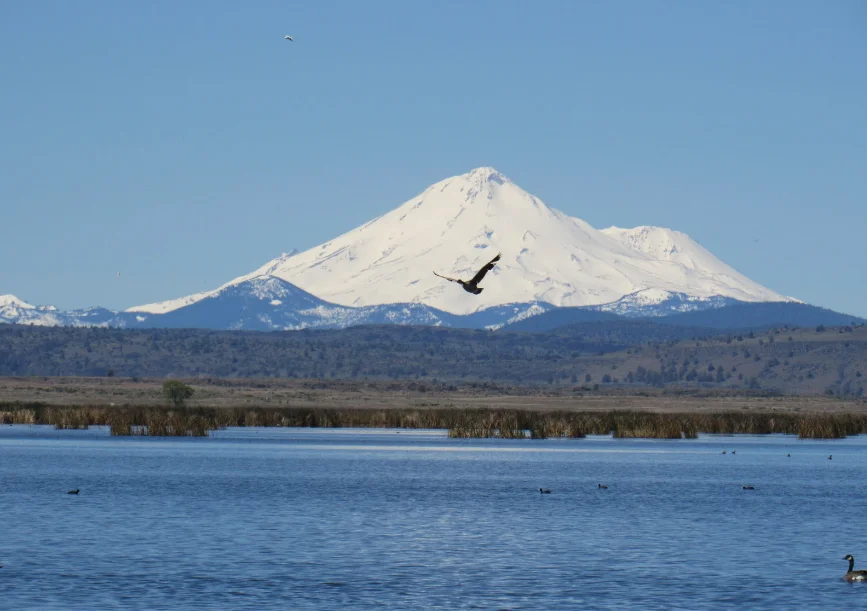
The Kuchel Act of 1964 prohibited filling wetlands for other uses, and the Tule Lake Refuge was “dedicated to wildlife conservation for the major purpose of waterfowl management, but with full consideration to optimum agricultural use that is consistent in addition to that.
” This refuge has 13,000 acres of undeveloped water space, while another 17,000 acres are used for farming. Bald eagles, bald eagle owlets, critically endangered Lost River, and shortnose suckers call this sanctuary home. During the spring and fall migrations, ducks use the refuge as a major stopover point.
Hunting At Tule Lake National Wildlife Refuge
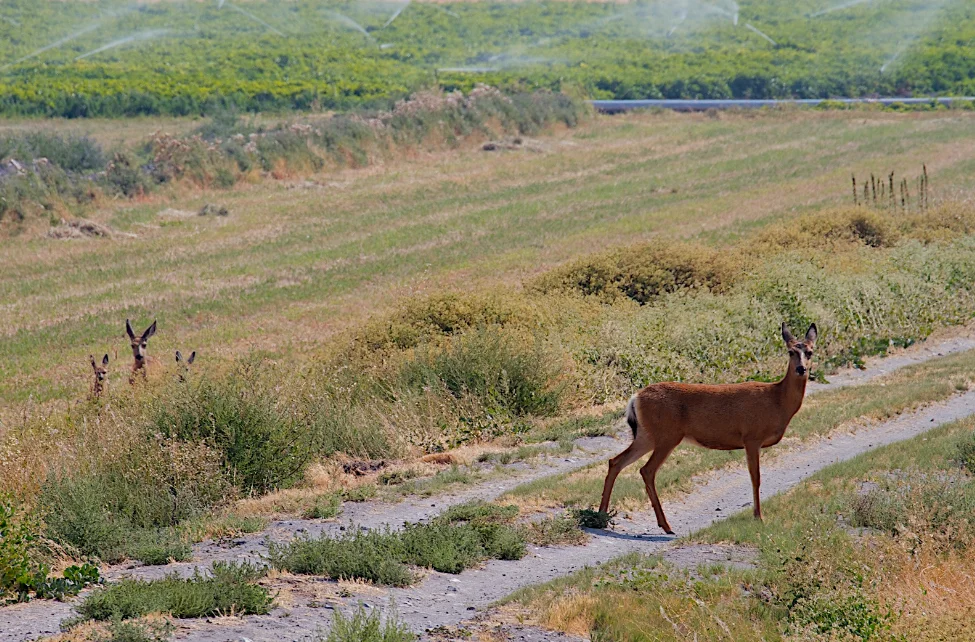
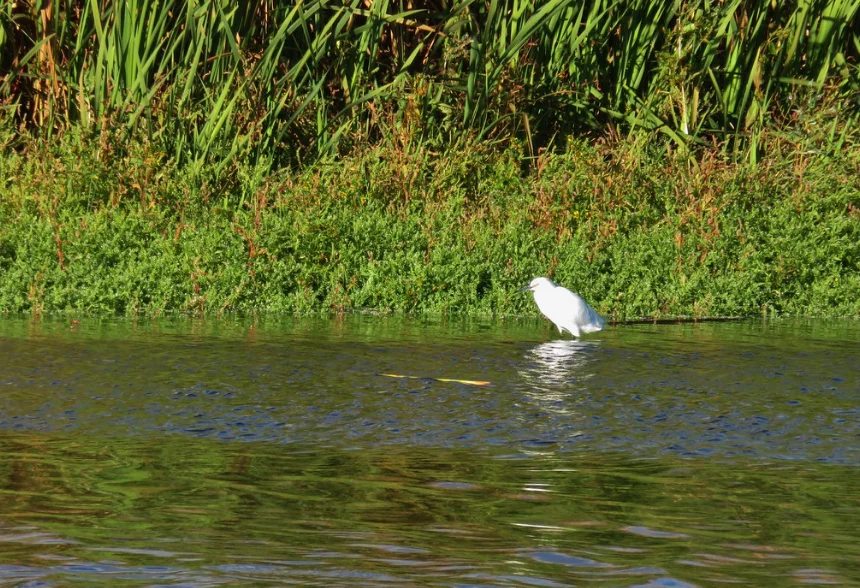
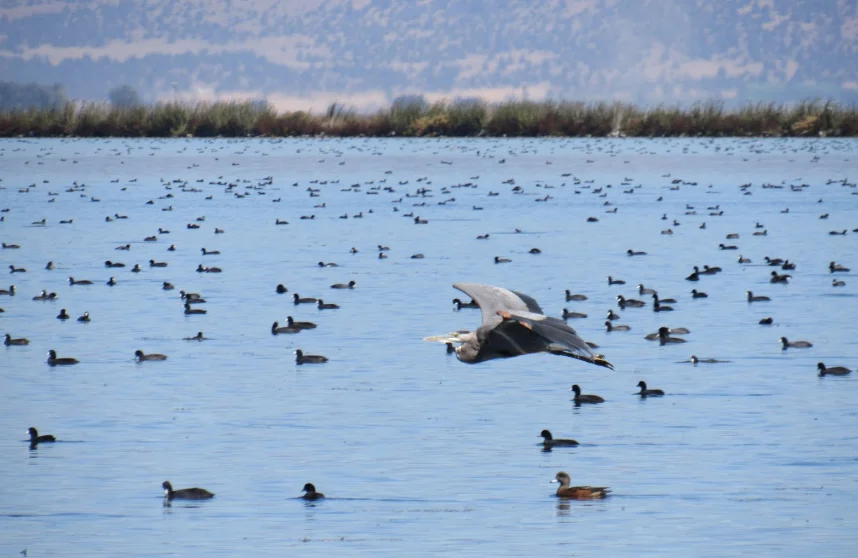
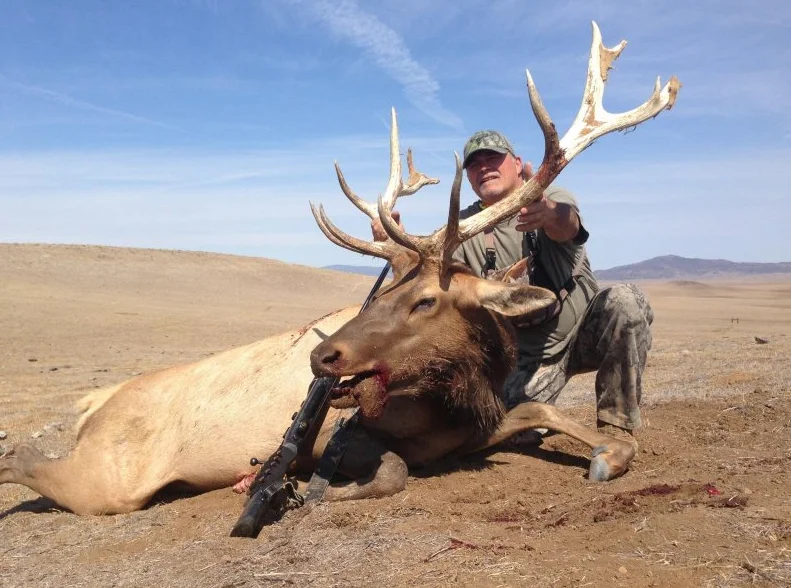
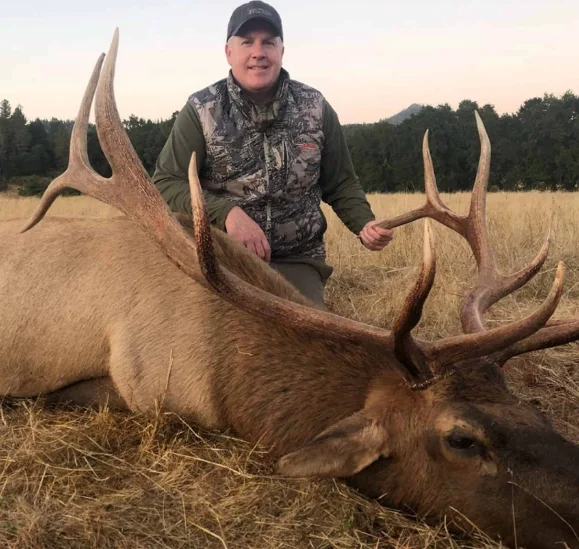
Outdoors people are offered a rare and exciting chance to hunt at Tule Lake National Wildlife Refuge. The haven in northern California has set apart sections where hunters can go after different kinds of game.
In the refuge’s many ecosystems, including wetlands, grasslands, and woodlands, hunters can practice their skills and take pleasure in the thrill of the hunt. Tule Lake attracts waterfowl hunters from throughout the world. To conserve the refuge’s wildlife population for future generations, hunting restrictions and permits are strictly enforced.
Geese and Croplands in Tule Lake National Wildlife Refuge
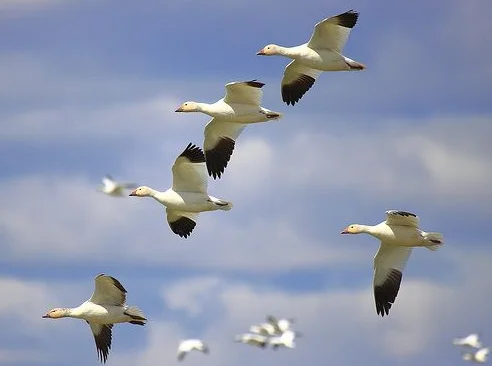
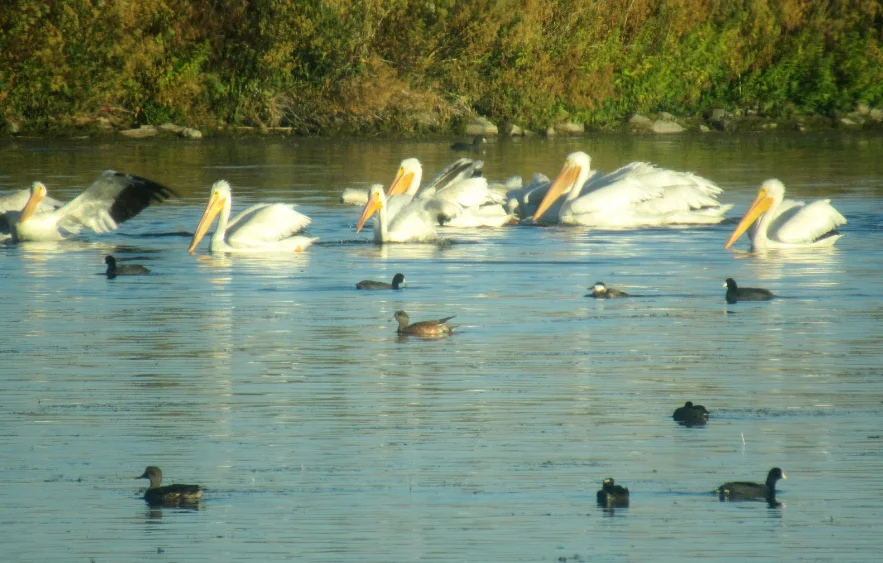
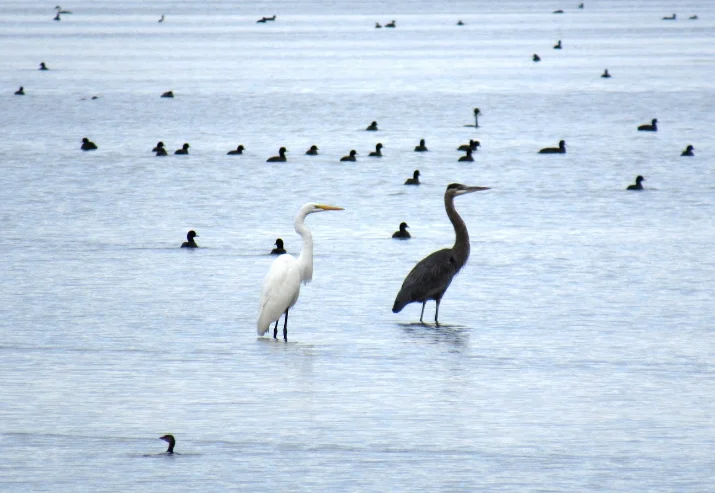
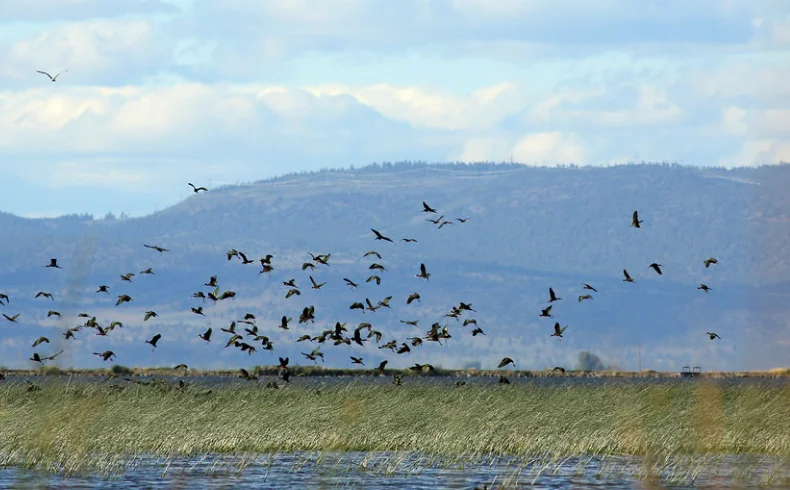
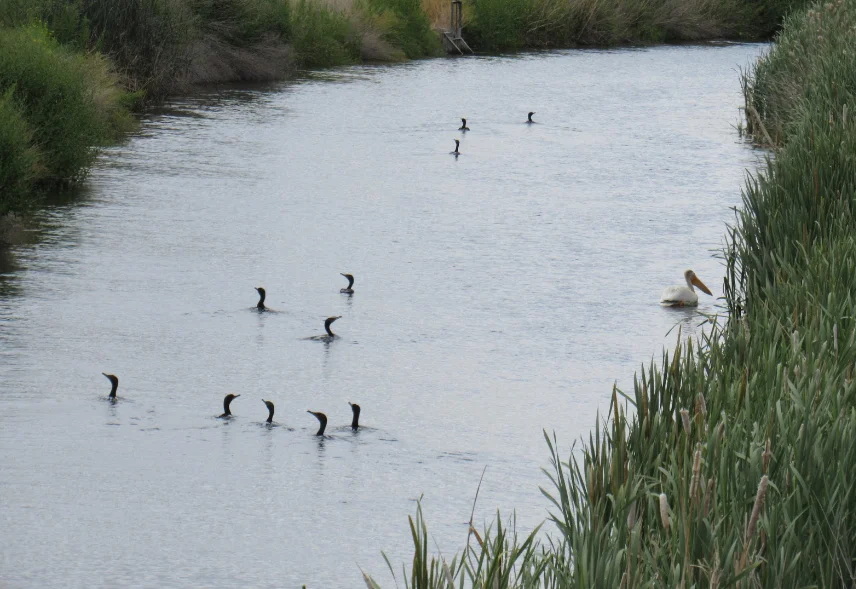
Geese that nest in the Arctic tundra, such as the white-fronted, snow, Ross, and cackling Canada goose, make extensive use of it. According to the Kuchel Act, the U.S. Fish and Wildlife Service manage the refuge’s 15,500 acres of leased commercial croplands on behalf of the Bureau of Reclamation.
The most widespread crops include small grains, potatoes, onions, sugar beets, and alfalfa. Leftover cereal from the remaining grain stubble after harvest is a significant food source for migrating birds.
Address: 4009 Hill Rd, Tulelake, CA 96134, United States
Opens–Closed: 5 am- 6 pm
Phone: +1 530-667-2231
Email: r8kbwebmaster@fws.gov
Management: U.S. Fish and Wildlife Service
Area: 39,116 acres (158.30 km2)
Established: 1928
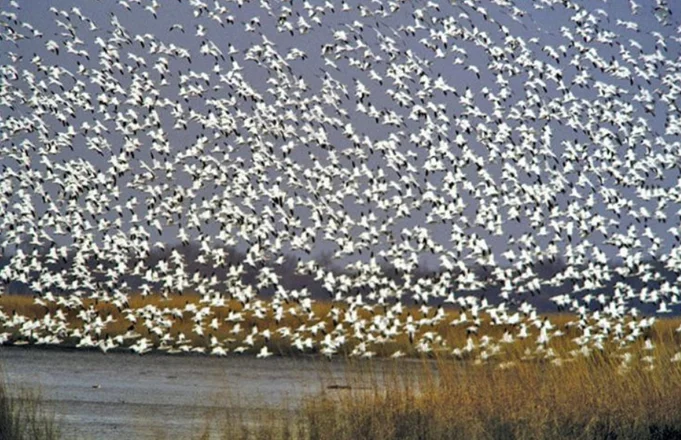

You must be logged in to post a comment.